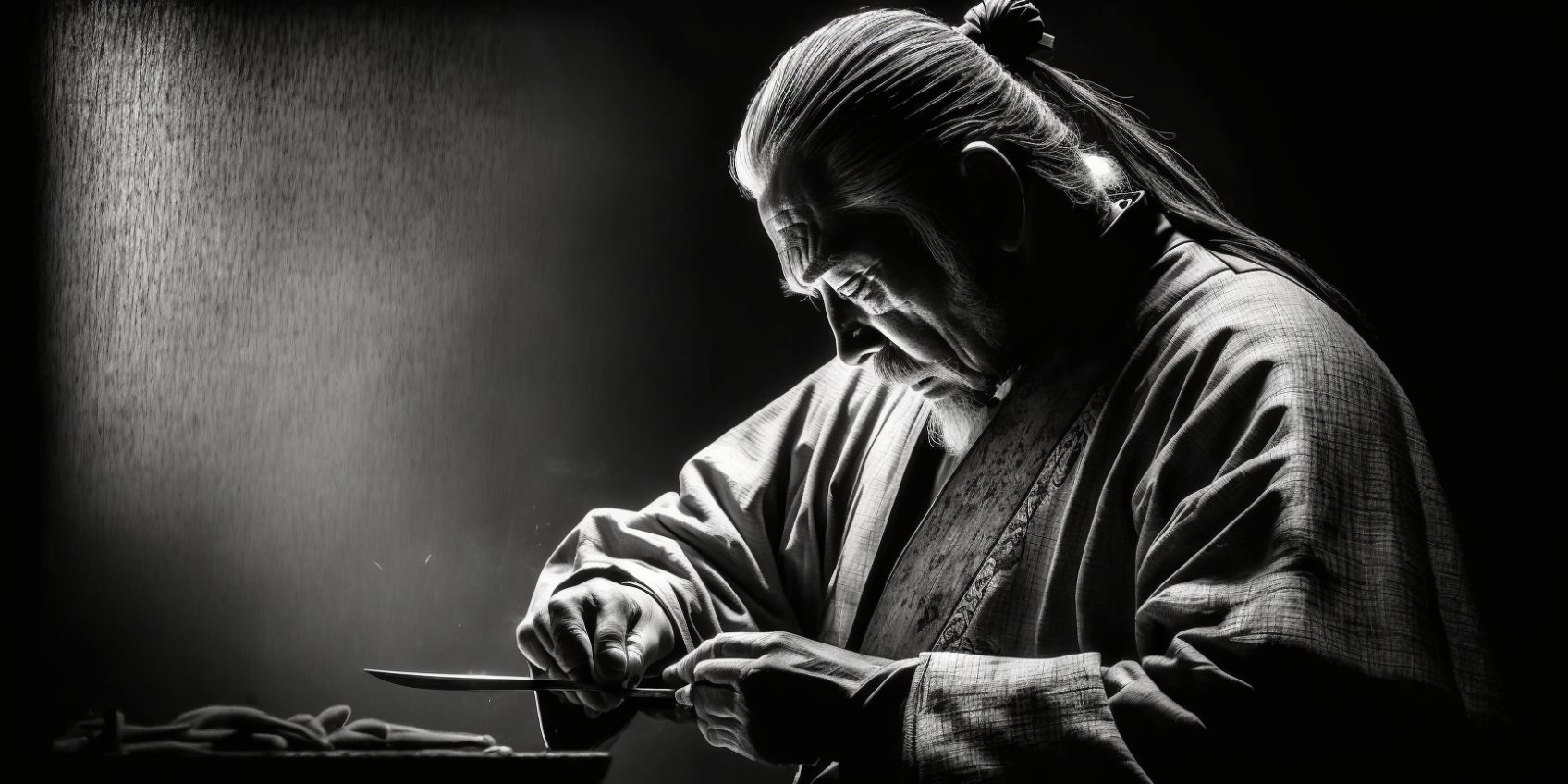Why Are Japanese Swords Also Called Samurai Swords?

Because of the propaganda influence of some movies and TV dramas, Japanese swords have become a symbol of Japanese samurai in the minds of many people. Samurai and Japanese swords, bound to each other, influence each other, and even become an export element of Japanese culture, and even have the Japanese katana as a common saying. Is it true that Japanese swords are only allowed to be worn by samurai and that is why they are called samurai swords?
1. Japanese swords, as a cold weapon, have gone through a long development process from its emergence to maturity

In a broad sense, the evolution of Japanese swords can be divided into five periods: the ancient sword period, the ancient sword period, the new sword period, the new sword period and the modern sword period. The Japanese swords that we see in movies and games today are already very different from their original appearance. This is mainly due to the fact that the use of Japanese swords varied from era to era.
In fact, the early Japanese swords did not have hidden attributes like "samurai limited". To be honest, Japanese swords did not have a strong presence as a weapon in the battlefield, as illustrated by the eye-opening statistics of Japanese scholar Shinya Suzuki.
II. Were Japanese swords only to be worn by samurai?

The concept of "samurai swords could only be used by samurai" is actually related to the "sword hunting order" issued by Toyotomi Hideyoshi and a series of decrees that restricted the use of weapons by civilians during the Edo period. First of all, let's talk about the sword hunting order.
In fact, the first person to issue a sword hunting order in history was Shibata Katsuya, a general under Oda Nobunaga. Toyotomi Hideyoshi's sword hunting decree is widely known because of its unprecedented scale. Like Shibata Katsuya, Toyotomi Hideyoshi's decree was also aimed at reducing the number of weapons held by the people and preventing possible riots or revolts.
Even Akechi Mitsuhide was forced to kill himself by a group of "Rakugan Kari" after his defeat in the Warring States period. The order to seize weapons from civilians was to reduce the proliferation of civilian force. In the 16th year of Tensho, Toyotomi Hideyoshi issued a sword hunting order, which prohibited peasants and monks from owning swords, bows, guns, iron cannons, etc. The collected weapons were used to cast nails for temples in Kyoto.
Since then, the common people could only use farming tools, and their children and grandchildren were dedicated to farming, while the possibility of possessing weapons became a privilege of the samurai, and their sense of rank and honor was strengthened. This was not all. In 1591, Toyotomi Hideyoshi issued another status decree, which strictly prohibited samurai and untouchables from acquiring the status of townsmen and commoners, further solidifying the concept of samurai status. Combined with the Taiko Land Inspection Law, the ability of local forces to shake the Shogunate's rule was greatly weakened.
Later, the Tokugawa Shogunate promulgated the "Bukkasho Hado", which clearly stipulated that the samurai were to "specialize in the ways of civil and martial arts, bow and horse". Since then, the samurai were completely separated from the peasants. The wearing of weapons became a privilege of the samurai and a key to their identity. Younger samurai did not wear swords and were distinguished mainly by their hairstyle, while adult samurai wore swords and clothing as a sign of their status. The wearing of the sword thus became a privilege of the samurai.
At that time, due to the long period of adulthood, many of the samurai class might not encounter warfare throughout their lives, but rather assume civilian jobs. In a sense, the samurai sword and kendo became a key medium for the samurai class to strengthen their identity.
While today's Japanese swords are classified primarily by their length, in ancient times these weapons were classified in a rather practical manner, and the Tachi and Katana are somewhat similar in that they can be distinguished by the orientation of the blade of the sword, according to a diagram of world warfare, with the Tachi hanging from the belt with the blade facing downward, and the Ka pinned to the waist with the blade facing upward. Katana.
Although the Katana was not as popular as the Tachi at first, and only low-ranking samurai used the beaten sword, it soon became popular because the beaten sword was swifter to draw and easier to fight with. At the end of the Muromachi shogunate, the samurai carried not only a fighting sword, but also a short weapon that could be used in complicated environments such as indoors. This short weapon evolved into the black blade Wakizashi.
